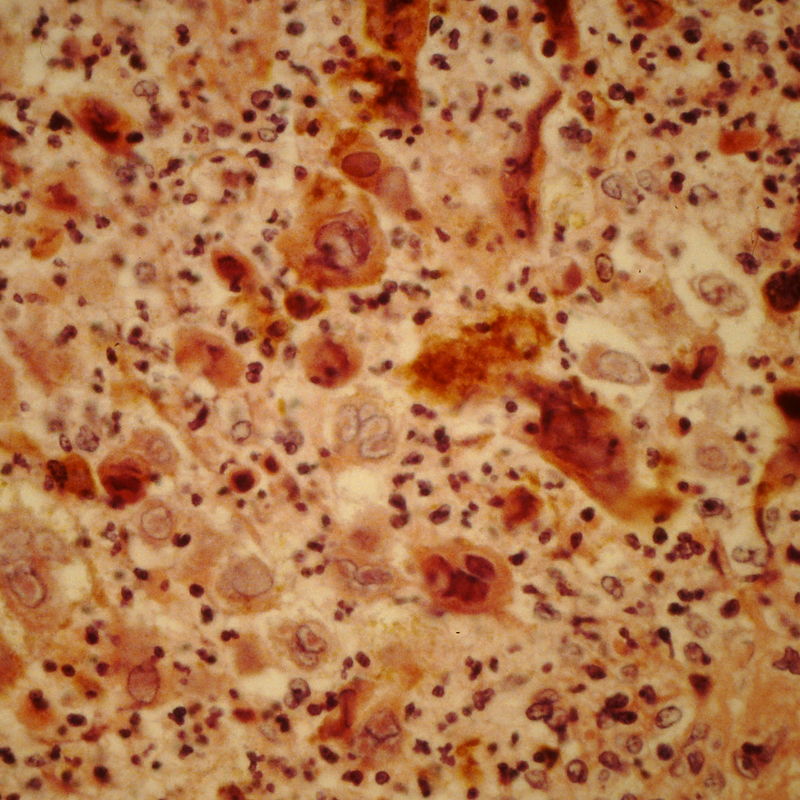Suche
International Cooperation and Mentoring: An Academic Obligation? The Latin American Perspective: Argentina
DOI: 10.17160/josha.2.3.32
Today, Argentina’s universities are placing a growing emphasis on internationalization and global engagement, creating a relatively positive context for student and scholar mobility going forward. According to official statistics, the number of foreign students studying in Argentina doubled between 2006 and 2013. About 70 percent are from other Latin American countries, with the remainder coming mostly from the United States and Europe. The most popular destination countries for Argentine students (in order of preference) are Spain, France, Brazil, the United States, Italy, Germany, Mexico, the United Kingdom, and Chile. In line with global trends, the Argentine government has begun implementing new policies and programs designed to increase outward student mobility (Garcia Fanelli, ACE, 2014)
International Cooperation and Mentoring: An Academic Obligation? Current Trends in the Internationalization of Higher Education
DOI: 10.17160/josha.2.2.26
Unviersity and society in Latin America Even considering the great differences that can be found within the region, there are elements to support the idea of the existence of common traits in Latin American universities. One of their main common characteristics is linked to their historical background. Latin American universities have followed the Napoleonic model to a greater extent than the Humboldtian model of institutions. Its main function was to provide training in the liberal professions -doctors and lawyers- and not (as in France) to train high ranking civil servants. In countries such as Argentina, the university degree conferred a higher social status and contributed to upward social mobility. University-society relationships promoted by this kind of institution are mainly related to teaching and professional training.
Hirnmetastasen und systemische Therapie, Meningeosis carcinomatosa
Die Therapie von Hirnmetastasen solider Tumore und die Therapie der Meningeosis carcinomatosa stellt eine große Herausforderung da. Ein zentrales Problem ist die ausreichende Wirksamkeit systemischer Therapien im ZNS. Die folgende Präsentation fasst die Literatur zu diesem Thema zusammen, stellt experimentelle Ansätze der intrathekalen Therapie vor und gibt einen Überblick über die Rolle von zielgerichteten Therapien wie Tyrosinkinase-Inhibitoren (TKI) in der Behandlung von ZNS-Metastasen.
Episomal-Persistent DNA in Cancer and Chronic Diseases
DOI: 10.17160/josha.2.3.24
The DKFZ division Episomal-Persistent DNA in Cancer and Chronic Diseases, presently headed by Nobel prize laureate Harald zur Hausen, aims at the identification and characterization of disease-associated persistent circular DNA of infectious agents in human materials. Recent studies suggest an involvement of such agents in the development of chronic neurodegenerative diseases (Manuelidis, J. Neurovirol. (2011; 17:131–145). Besides the isolation of such DNAs, central questions are whether and in which way these DNA-sequences and their gene products contribute to the development of certain pathologies. A proof for a direct link between an infection with these agents and a specific disease may open new avenues for intervention (vaccination, identification of patients at risk and targeted therapy).
Growth hormone administration patterns differently regulate epidermal growth factor signaling
DOI: 10.17160/josha.2.2.21
Growth hormone (GH) is a pituitary hormone that stimulates longitudinal bone growth and induces diverse effects on cell growth, differentiation, and metabolism of proteins, lipids and carbohydrates (Herrington & Carter-Su 2001). The use of growth hormone in the endocrine practice and for the treatment of various clinical conditions is expanding. The first use of human GH (hGH) was replacement therapy in children with GH deficiency (GHD). However, further indications have been gradually approved or proposed since the development of recombinant human GH (rhGH).
Cancer: A Story of Stem Cells and Evolution
DOI: 10.17160/josha.2.2.20
Cancer is an acquired genetic disease of clonal origin. Carcinogenesis and its subsequent development follow the principles of evolution, starting with a single cell with stem cell properties and a proliferative advantage, leading to clonal expansion, clonal evolution and subsequent demise by killing the host: “Evolution gone awry”. Evolution can be divided into three essential steps: 1. “Chance” or random movement of molecules allows structures to interact. 2. Molecular affinity, “Necessity” (J. Monod, Chance and Necessity: Essay on the Natural Philosophy of Modern Biology, 1970), leads to a new structure providing novel properties and function. The 3rd step of the evolutionary processes, for which I would propose the term “Synclipse”, occurs, if the new constellation provides a biochemical and biological survival advantage, “survival of the fittest”, in a given environmental context.
JOSHA - Table of Contents Volume 2 Issue 1
DOI: 10.17160/josha.2.1.19
Volume 2, No. 1 / 2015, Table of Contents
JOSHA – The Second Issue
DOI: 10.17160/josha.2.1.17
By reviewing the 636 pages of the first two issues of JOSHA, the editors are proud of seeing a wide range of scientific diversity and creativity reflected in a broad interdisciplinary and multi-language approach. JOSHA is now in its pilot phase, and we do need your support as our much valued reader.
Interferon-stimulated gene expression in chronic hepatitis C virus genotype 1 infected patients treated with the NS3/4A protease inhibitor faldaprevir in combination with pegylated interferon alpha-2a/ribavirin
DOI: 10.17160/josha.2.1.15
The objective of this study was to investigate the expression of selected interferon-stimulated genes (ISGs) in PBMC (peripheral blood mononuclear cell) prior and during the treatment with NS3/NS4A protease inhibitor faldaprevir plus pegylated interferon alpha-2a/ribavirin (PegIFN/RBV) in treatment-naïve and treatment-experienced chronic hepatitis C virus genotype 1 infected patients. This thesis was performed in three consecutive steps. First, we selected 95 most representative ISGs based on the literature. Secondly, we selected 30 patients for the SVR-oriented exploratory screening and tested all 95 genes in these patients. Finally, we tested 15 genes identified during the SVR-oriented exploratory screening in all patients eligible for this study (N = 263). As a result, we identified 15 genes which may play a role in the treatment response to faldaprevir plus PegIFN/RBV. Five ISGs (IFNA4, DDX58, IRF3, IFI27 and RSAD2) showed association with SVR at various time points.
Exercise, concomitant to therapy, has a positive influence on therapy-induced side-effects in patients with haematological malignancies
DOI: 10.17160/josha.2.1.14
Exercise interventions as a supportive measure in cancer therapy are becoming more and more relevant. With cancer therapy becoming more complex and effective, higher survival rates as well as longer life-spans are being achieved. Consequently, patients’ quality of life is becoming increasingly important and the management of therapy-related side-effects therefore essential. An increasing amount of studies are demonstrating, that the previously propagated rest and immobility during cancer therapy is not only counterproductive but that exercise interventions hold enormous potential regarding the management of side-effects in supportive cancer care and should therefore be taken more seriously. Especially haemato-oncological patients have to cope with many debilitating side-effects due to the disease itself, the long and complex medical therapy as well as the associated immobility.







.jpg?1422357970)

